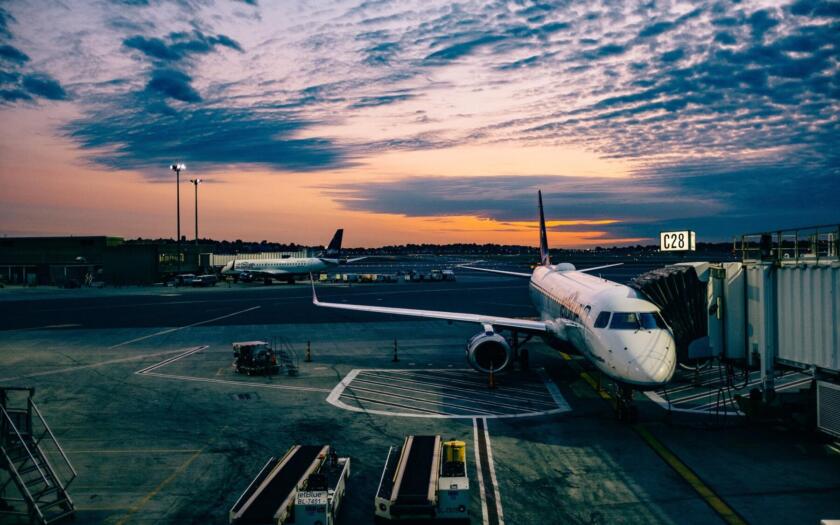Air New Zealand: New Climate Goals After Withdrawal from SBTi


Air New Zealand has announced new emissions guidelines for 2030, a year after withdrawing its previous targets as unattainable and withdrawing from the Science Based Targets initiative ( SBTi ).
With the new plan, the airline aims to reduce its net well-to-wake greenhouse gas emissions by 20-25% by 2030, compared to 2019 levels. These emissions include the entire life cycle of jet fuel, from production to use. In 2024, these emissions accounted for 92% of the airline's total climate footprint.
The previous target, approved by the SBTi in 2022, was for a 28.9% reduction in carbon intensity by 2030, but was abandoned in July 2024. According to Air New Zealand, several key factors have not developed as expected, such as the availability of new aircraft for fleet renewal, the affordability and supply of sustainable aviation fuels ( SAF ), as well as insufficient regulatory support .
Despite the challenges, the use of SAF remains central to the new plan. The company aims to reach a 10% share of SAF in total fuel used by 2030. In 2024, this percentage was just 0.4%, but Air New Zealand plans to quadruple it this year, reaching 1.6%.
Finally, the long-term goal remains unchanged, with the desire to maintain net zero emissions by 2050. The company said it will update its 2050 Transition Plan by the end of the year.
esgnews





